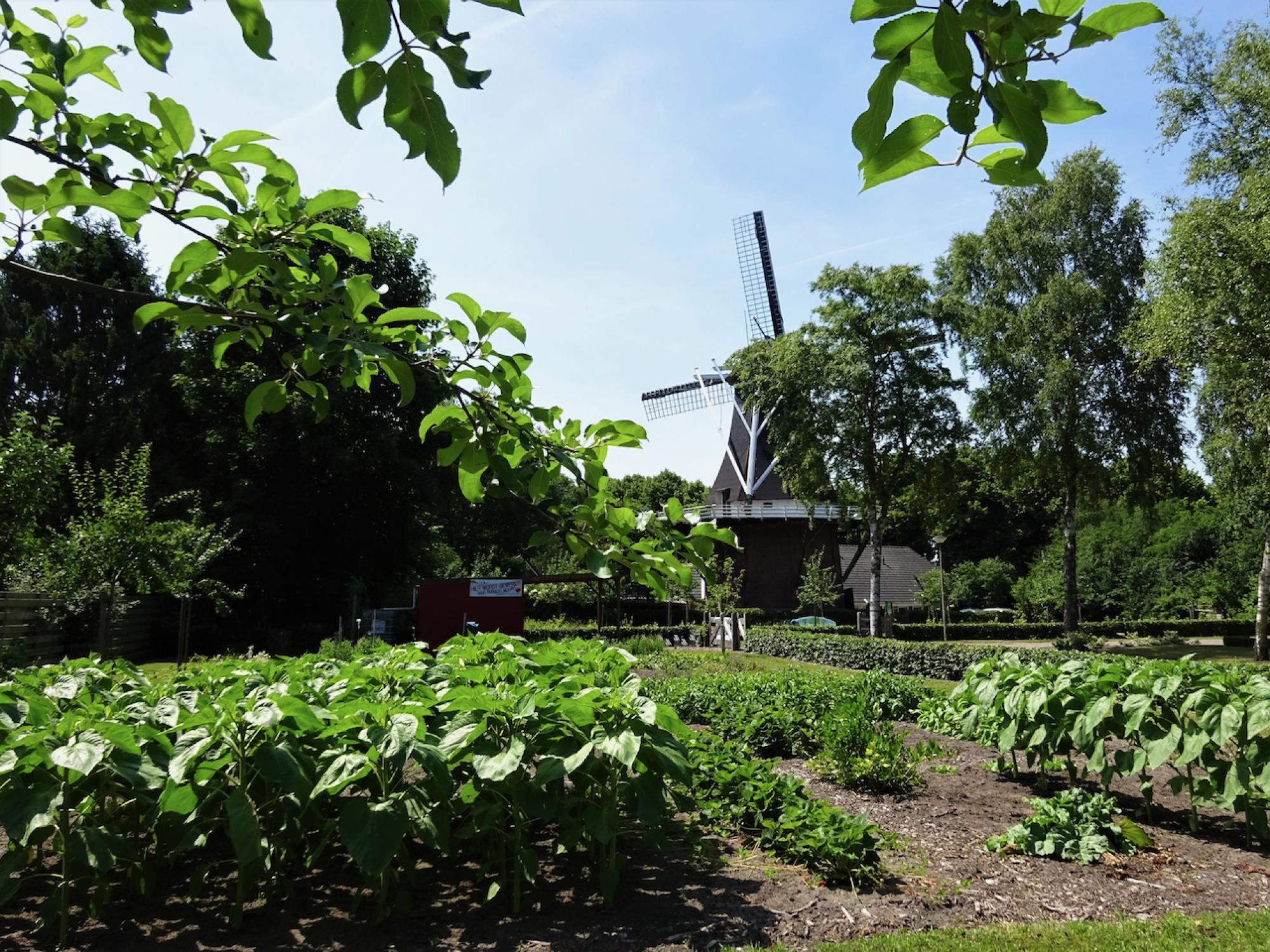
LEARN MORE ABOUT
You are now driving towards **Vriescheloo. **Vriescheloo originated around the 12th century as a peripheral peat extraction village. In terms of location, the settlement moved further and further from the banks of the Westerwoldse Aa to its present site. The Westerwoldse Aa now runs about 2 km north of the village. At the end of the Middle Ages, villagers settled on a higher sand ridge. This sand ridge was part of the important trade route between Münster and Groningen. The final village structure, with the church as its centre, emerged during the French rule. Since the 20th century, it has been known for its wooded landscape. In his time, the famous Groningen painter Jozef Israëls (1824-1911) considered Vriescheloo "the cleanest village in Europe". How would he find it there now? At the beginning of the 20th century, there were quite a few shops and even a brewery located in the centre of Vriescheloo. That Vriescheloo residents did like a party is evident from the fairs and hard-trotting events that were organised there with regularity. After the Second World War, the number of shops declined, just like so many other villages in Groningen. Officially, Vriescheloo is now in a decline area, but there is little sign of that. The inhabitants do not leave it at that and work hard to make the village liveable.








